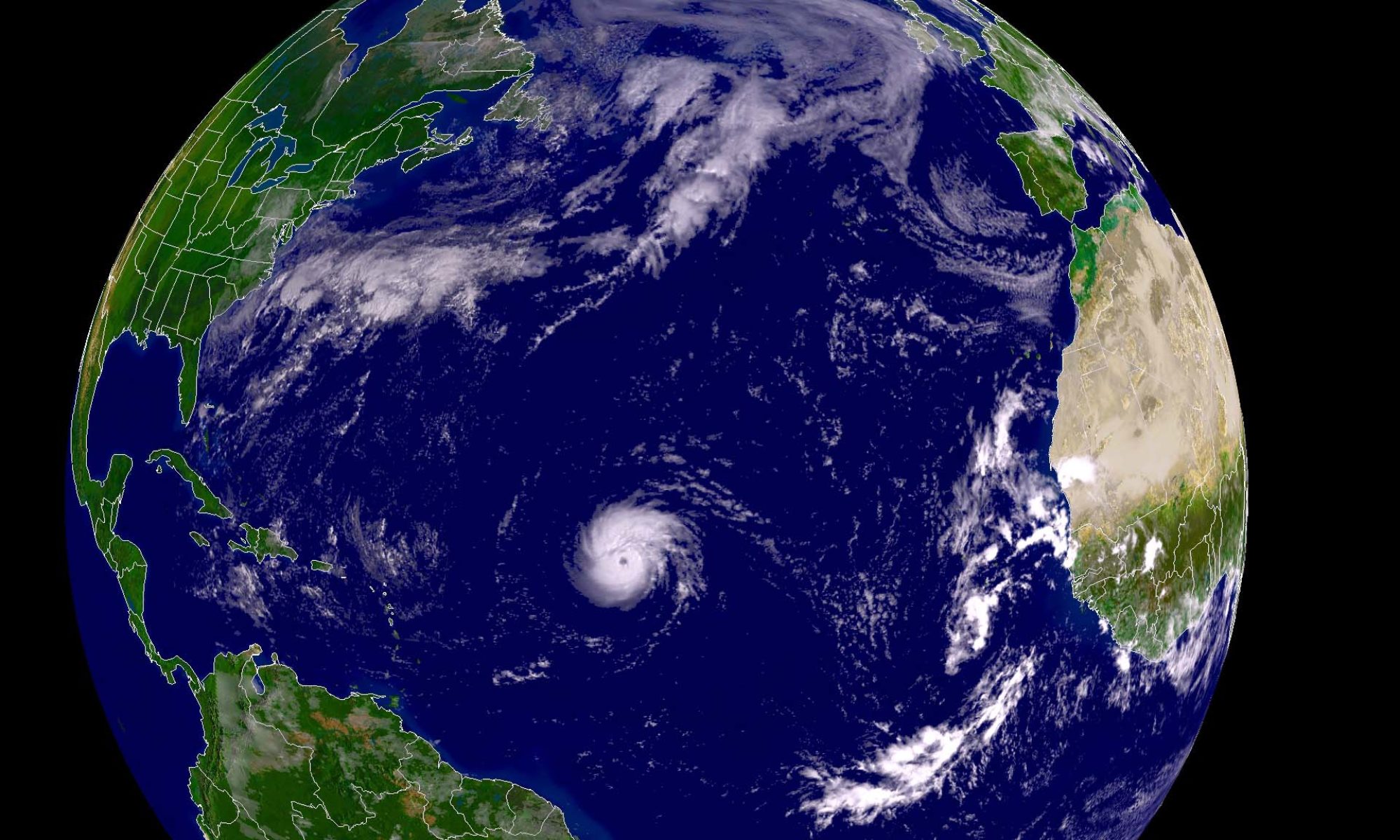Dear Akio, Thank you for the opportunity to share a brief summary of my research activities in Ukraine, Belarus and Japan, as well as my vision for future studies in these regions. My goal for the coming year is to further strengthen our ongoing multinational collaborative, continue our ongoing research efforts in both Fukushima and Chernobyl, and obtain support to coordinate and initiate new avenues of research involving researchers in Japan and elsewhere. At present, there is no other central group organizing or sponsoring such activities and we are thus missing invaluable opportunities to observe and understand the impacts of radiological accidents on natural populations that may be critical for predictions of long-term impacts on human populations stemming from nuclear accidents and other sources of radiation in the environment. Without such research there can be no confidence in assessments of the hazards to human populations living in or visiting Japan in the future. Best wishes, Timothy Mousseau, PhD University of South Carolina
The Chernobyl + Fukushima Research Initiative
Timothy Mousseau, PhD
The Initiative and Its Research
The Chernobyl + Fukushima Research Initiative (CFRI) is centered at the University of South Carolina, Columbia, and began formal research activities in Ukraine in 2000, Belarus in 2005, and Fukushima, Japan, in July 2011. To date, the group has conducted more than 30 research expeditions to Chernobyl and 10 expeditions to Fukushima.
The nuclear accidents at both Chernobyl and Fukushima released enormous quantities of radioactive elements that were dispersed by the prevailing weather at landscape scales with approximately 200,000 km2 and 15,000 km2 land area significantly contaminated in these regions, respectively.… Continue reading







